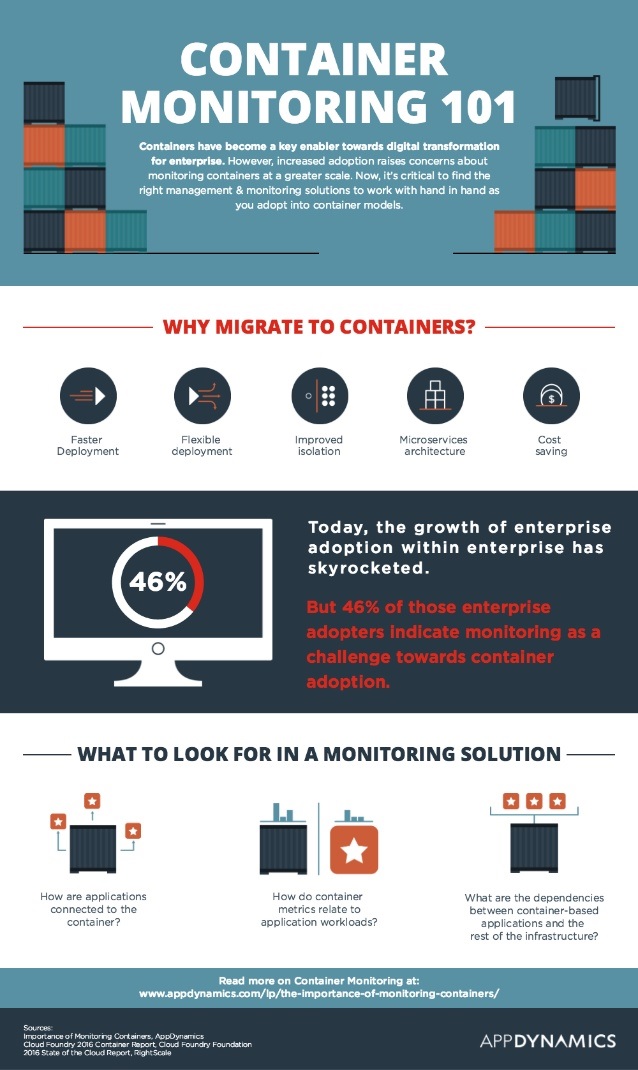
With the rise of Docker, Kubernetes, and other container technologies, the growth of microservices has skyrocketed among dev teams looking to innovate on a faster release cycle. This has enabled teams to finally realize their DevOps goals to ship and iterate quickly in a continuous delivery model. Why containers are growing in popularity is no surprise — they’re extremely easy to spin up or down, but come with an unforeseen issue.
Without the right foresight, DevOps and IT teams may lose a lot of visibility into these containers resulting in operational blind spots and even more haystacks to find the presumptive performance issue needle.
If your team is looking towards containers and microservices as an operational change in how you decide to ship your product, you can’t afford bugs or software issues affecting your performance, end-user experience, or ultimately your bottom line.
Ed Moyle, Director of Emerging Business & Technology at ISACA said it best in his blog, “Consider what happens to these issues when containers enter into the mix. Not only are all the VM issues still there, but they’re now potentially compounded. Inventories that were already difficult to keep current because of VM sprawl might now have to accommodate containers, too. For example, any given VM could contain potentially dozens of individual containers. Issues arising from unexpected migration of VM images might be made significantly worse when the containers running on them can be relocated with a few keystrokes.”
The infographic below provides more insight.
Kevin Goldberg is Content Marketing Manager at AppDynamics.



